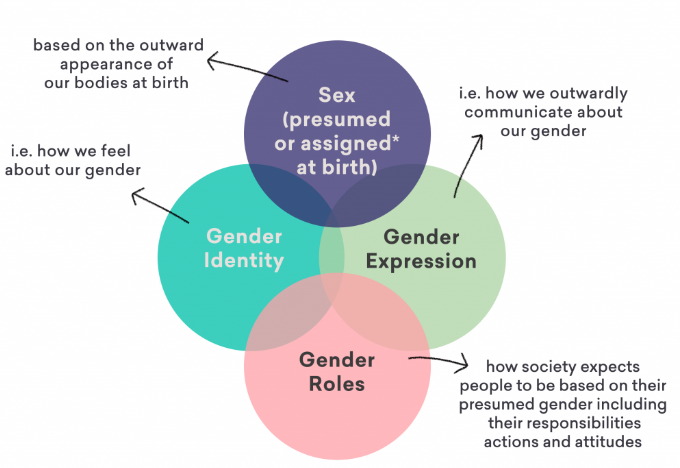Is gender identity contagious?

Well-organised in its approach, rectifying this prevalent misunderstanding commences with a fundamental elucidation of the definition of “contagious” and progresses towards analysing stereotypes. This approach successfully debunks the fallacy while imparting knowledge regarding gender identity and diversity. Incorporating details about the significance of empathy, comprehension, and the distinction between influence and contagion might furnish further elucidation to bolster this response. Additionally, it could be advantageous to deliberate on the importance of environment and exposure to diverse viewpoints in fostering a more comprehensive comprehension of gender.
Gender diversity, after all, is a new issue for many people. Therefore, it is necessary to sensitize children to a few rules that they should follow in discussing the issue, as well as in reading various materials that address the issue.
It is important to verify statements – this is a basic principle. It is important to pay attention to who is speaking on the topic of diversity:
- Is this person competent and trustworthy?
- What background does she come from?
- Does she cite specific data?
- Or is he merely expressing his opinion without scientific basis?
Here it is worth citing a selection of two articles/videos/podcasts that present different points of view on the topic of gender diversity. Show why these differences occur, what are their sources, e.g. worldview, fake news, opinion of the nearest environment or religious background.
See the symbols of genders:
Source: mavnik.com

Source: shinesa.org.au
See the videos: